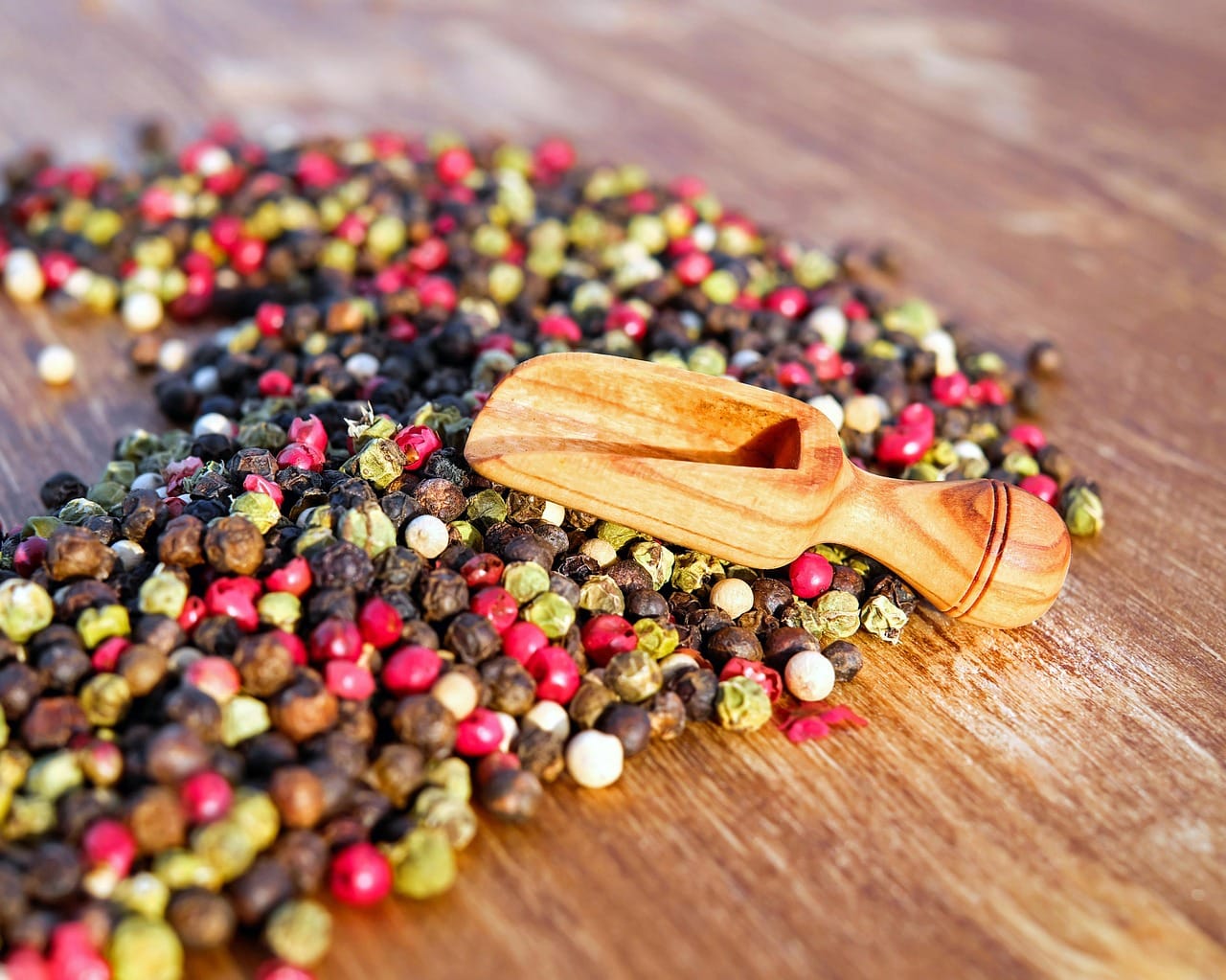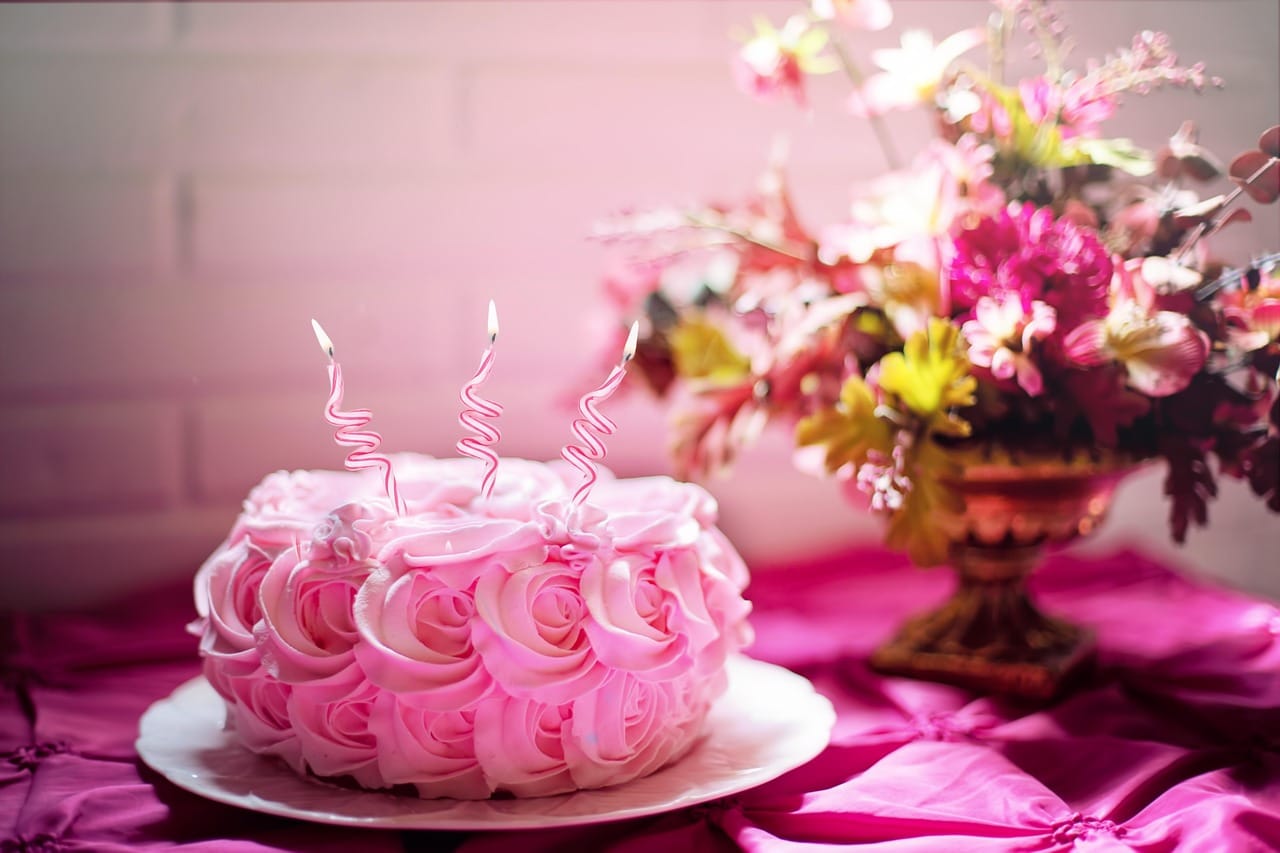Shrimp cocktail: it’s a classic appetizer gracing everything from elegant seafood restaurants to casual backyard gatherings. This seemingly simple dish, however, holds a world of nuances, from the perfect shrimp selection to the ideal cocktail sauce tang. Whether you’re a seasoned shrimp aficionado or a curious newcomer, this guide will delve into the art of creating the ultimate shrimp cocktail experience. We’ll explore everything from sourcing the best ingredients to crafting a homemade cocktail sauce that will leave your guests wanting more. Get ready to elevate your appetizer game!
What Makes a Great Shrimp Cocktail?
The Importance of Fresh Shrimp
- Sourcing is key: Freshness is paramount. Look for shrimp that smell clean and have a firm texture. Avoid shrimp with a strong, fishy odor or those that appear slimy.
- Wild-caught vs. Farm-raised: Both have their pros and cons. Wild-caught shrimp are often considered to have a superior flavor, while farm-raised shrimp can be more sustainable. Research your sources and choose what aligns with your values.
- Size matters (sort of): The size of the shrimp is a matter of personal preference. Larger shrimp (Jumbo or Colossal) make a more dramatic presentation but can be more expensive. Medium to large shrimp are often the sweet spot for both taste and affordability. A good starting point is to consider using U16-20 (meaning under 16-20 shrimp per pound).
- Frozen is fine (sometimes better!): Flash-frozen shrimp can actually be fresher than “fresh” shrimp that has been sitting out for days. Look for shrimp that has been individually quick frozen (IQF) to prevent freezer burn and clumping.
Choosing the Right Shrimp Type
- Shell-on vs. Shell-off: While shell-on shrimp add a visual appeal, particularly when grilling, for shrimp cocktail, peeled and deveined shrimp are the most convenient option.
- Pink vs. White: Pink shrimp, like Gulf shrimp, tend to be sweeter, while white shrimp have a milder flavor. Experiment to find your preference. Brown shrimp have a stronger, more mineral taste, which can be overpowering for some in a shrimp cocktail.
- Deveining is essential: Removing the dark vein that runs along the back of the shrimp is crucial for both aesthetics and taste.
Cooking Shrimp for Cocktail Perfection
Boiling Shrimp: The Classic Method
- Don’t overcook!: This is the cardinal sin of shrimp cocktail. Overcooked shrimp are rubbery and unpleasant. Aim for just cooked through – the shrimp should be opaque pink.
- Seasoned Water: Add flavor to the shrimp while it cooks. Use water seasoned with salt, pepper, bay leaves, lemon slices, and even a splash of Old Bay seasoning.
- The Ice Bath: Immediately plunge the cooked shrimp into an ice bath to stop the cooking process and preserve their texture. This also makes them easier to peel (if you cooked them shell-on).
- Cooking Time Guide:
Small shrimp (51-60 count): 2-3 minutes
Medium shrimp (31-40 count): 3-4 minutes
Large shrimp (21-25 count): 4-5 minutes
Jumbo shrimp (16-20 count): 5-6 minutes
Alternative Cooking Methods
- Steaming: Steaming is a gentler method that can help prevent overcooking. Use the same seasonings as boiling, but steam the shrimp over simmering water until cooked through.
- Poaching: Similar to boiling, but done at a lower temperature. Poaching results in incredibly tender shrimp.
- Grilling: While less traditional for shrimp cocktail, grilling adds a smoky flavor that some may enjoy. Use shell-on shrimp and grill over medium heat until pink and opaque.
Crafting the Ultimate Cocktail Sauce
The Base: Ketchup is Just the Beginning
- High-quality Ketchup: Start with a good quality ketchup as your base. Avoid overly sweet or artificial-tasting brands.
- Horseradish Power: The star of the show! Freshly grated horseradish is ideal for maximum flavor, but prepared horseradish works too. Adjust the amount to your desired level of heat. Start small and add more to taste. A good starting point is 1-2 tablespoons of horseradish per cup of ketchup.
- Acidic Balance: Lemon juice, lime juice, or even a dash of vinegar adds brightness and cuts through the richness of the ketchup.
- Worcestershire Sauce: Adds depth and umami.
- Hot Sauce: A few drops of your favorite hot sauce will add a pleasant kick. Tabasco, sriracha, or a chili garlic sauce all work well.
Cocktail Sauce Variations and Flavor Boosters
- Spicy Mango: Blend mango chunks, jalapeno, lime juice, and a touch of honey into your cocktail sauce for a tropical twist.
- Bloody Mary: Incorporate vodka, celery salt, and a dash of black pepper for a Bloody Mary-inspired sauce.
- Roasted Red Pepper: Puree roasted red peppers with garlic and herbs for a smoky and savory sauce.
- Sweet and Tangy: Add a touch of brown sugar or honey for sweetness, balanced by rice vinegar or apple cider vinegar for tang.
Serving and Presentation: The Final Touches
Chilling is Crucial
- Keep it Cold: Shrimp cocktail is best served ice cold. Keep the shrimp chilled in the refrigerator until serving time.
- Iced Presentation: Present the shrimp on a bed of crushed ice to maintain its temperature and add a touch of elegance.
Plating and Garnishing
- Classic Presentation: Serve the shrimp in individual cocktail glasses or arrange them around a bowl of cocktail sauce.
- Elegant Garnish: Garnish with lemon wedges, parsley sprigs, or a sprinkle of paprika.
- Creative Touches: For a more modern presentation, consider serving the shrimp in shot glasses with a dollop of cocktail sauce or arranging them on a platter with other seafood appetizers.
Conclusion
Mastering the art of shrimp cocktail is about understanding the nuances of each component, from selecting the freshest shrimp to crafting a cocktail sauce that perfectly complements its flavor. By following these tips and experimenting with different variations, you can create a shrimp cocktail that will impress your guests and elevate any occasion. So, go ahead, grab some shrimp, whip up a batch of homemade cocktail sauce, and enjoy the fruits (or rather, seafood) of your labor!




